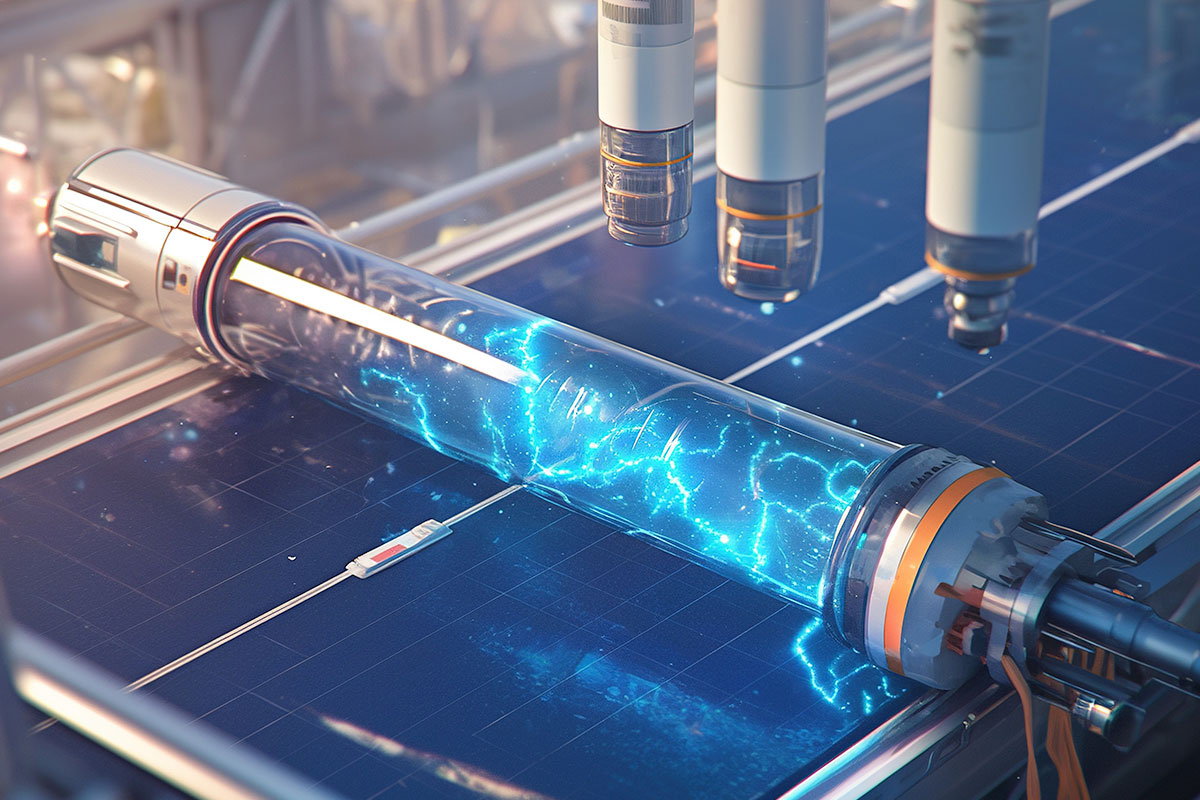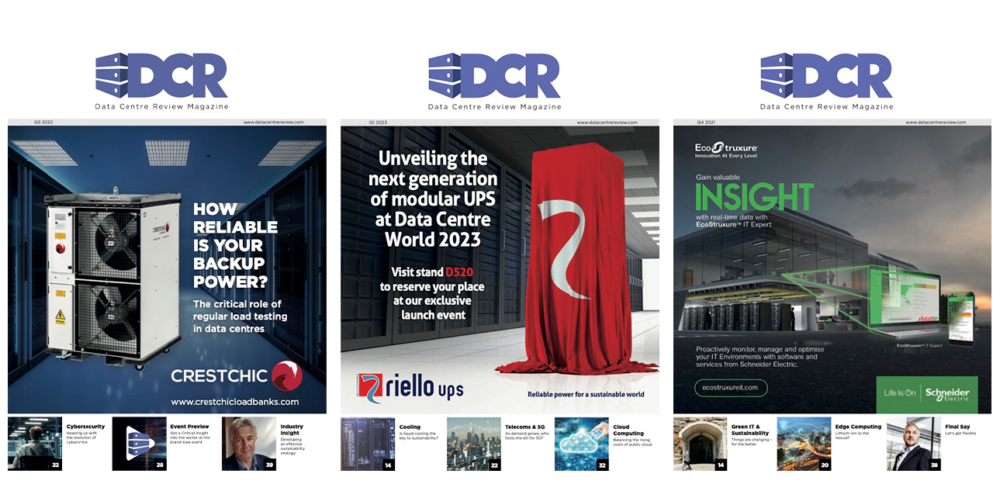Caroline Hargrove, Chief Technology Officer at Ceres, explains why new clean energy technologies – including fuel cells – may be the key to meeting AI’s voracious power demands sustainably.
AI was already poised to drive a 160% increase in data centre power demand before Trump announced a $500 billion investment in Stargate, and Apple announced an identical investment in its own AI infrastructure. According to Goldman Sachs, a ChatGPT query needs nearly 10 times as much electricity to process as a Google search. In that difference lies a coming sea change in how the US, Europe, and the world at large will consume power — and how much that will cost.
The International Energy Agency warns that over the next decade, an electricity consumption the size of Japan’s is expected to be added to global grids every single year, impacting emissions reduction efforts. Demand in 2035 is expected to be 6% higher than forecast last year.
For grid operators around the world, AI’s voracious appetite for power is causing deep concern and even alarm, as it threatens brownouts and blackouts for consumers and business customers. The big question is whether new clean energy technologies can be developed and produced fast enough to satisfy the new demand.
Data centres worldwide have traditionally consumed around 1-2% of overall power, but this percentage will likely rise to 3-4% by 2030 according to an International Energy Agency report. In addition, data centres are often located in clusters close to major internet nodes and the localised increase in power demand can prove highly challenging. The sector has already surpassed 10% of electricity consumption in at least five US states, and in Ireland, it now accounts for over 20% of all electricity consumption. In The Netherlands, a legal battle is underway between the government and data centre operators as to who should be prioritised for electricity supply.
The environmental consequences of the growth in power demand are also set to be severe; carbon dioxide emissions of data centres may more than double between 2022 and 2030. The power used for the day-to-day running of data centres has meant they now contribute more to global carbon dioxide levels than the aviation industry.
How can we power AI sustainably
At a time when the climate crisis is intensifying, there is a critical need to power these data centres sustainably and meet their colossal electricity requirements through renewables. This pressure is exacerbated by the need, especially in Europe, to ensure energy security and limit the volatility in energy costs that have so troubled businesses and consumers over the past two years.
While AI’s power consumption is unwelcome for a world that is trying to reduce carbon emissions, the reality is that it is a necessity for any developed economy to ensure global competitiveness. So, the power needs of AI will have to be met, but can it be done sustainably?
Committing to clean energy for AI’s growth
Thankfully the adoption of renewable energy for AI is already taking place with major data centre providers like Google Cloud committed to carbon-free operations by 2030, while Digital Reality has a global renewable coverage of 62% across its data centres.
Others need to follow suit if an AI energy crisis is to be avoided, and it is crucial new data centre power demands are met through the mass deployment of clean energy technologies.
But implementing green energy policies for data centres is not so simple. A critical need of cloud computing and AI is that they have reliable and stable power supplies, and the use of renewables is sometimes viewed as problematic due to their intermittentency. Or put another way, if the sun is not shining and the wind is not blowing then the GPUs will not be operating.
A potentially better approach is through the use of fuel cells that generate electricity from a variety of fuel stocks including hydrogen, natural gas and biomethane – or even a mixture of these gases. In operation, the fuel cells are proven to be highly reliable and robust and can generate a steady output across long periods. They also have the advantage of having no combustion and so wouldn’t compromise air quality at the data centre.
The use of fuel cells at data centres is not new, but until now they have predominantly been used for back-up power and mobility. Increasingly though, for stationary power purposes fuel cells are being considered for primary power in what could be considered a data centre microgrid. This way the data centre puts no strain on the local grid while being operationally independent.
As the AI era accelerates into existence, a major consideration is the speed with which data centres can be built. According to the global data centre company Equinix, the huge hyperscaler data centres require 100 MW or more of power and we are building ever more of them, with the number expected to grow by 30% by 2030. Getting the permits and interconnects to power these vast electronic warehouses is challenging and can take months if not years – if it is even physically possible.
The fuel cell microgrid offers the advantage of self-determination and control in the powering of data centres and can be procured and installed in months.
What fuel cell technologies are available?
Different fuel cell technologies exist, with each suiting different applications. Some, such as Proton Exchange Membranes, can produce rapid variations in power that are suited to applications such as automotive. Solid oxide fuel cells are known for their higher efficiency, longevity and adaptability to different feedstocks that do not have to be absolutely pure, so are ideal for use in powering data centres.
For example, Bloom Energy has focused on the data centre market for some time and recently announced an order with American Electric Power for 10 MW of its yttria-stabilised solid oxide cells to power data centres.
Using gas to power AI
In an image that conjures up the AI compute being powered by the same energy source as the street lighting of the Victorian era, an intriguing mode of fuel cell operation is the use of natural gas to run data centres.
The perceived downside of the approach is that the process would still generate CO2 as occurs when natural gas is combusted to drive gas turbine generators. The difference is that the fuel cell creates a concentrated CO2 stream in the exhaust gas that is well suited to carbon capture technologies at an affordable cost.
How we can develop clean AI infrastructure
It is clear that the substantial electricity that will be required to power the AI revolution could also have a detrimental impact on local power grids unless new approaches and technologies are implemented.
Fuel cells are destined to play a major role in meeting the surge in power demand for AI data centres. This presents a promising, sustainable solution to address the energy challenges accompanying the dramatic upswing in demand.



